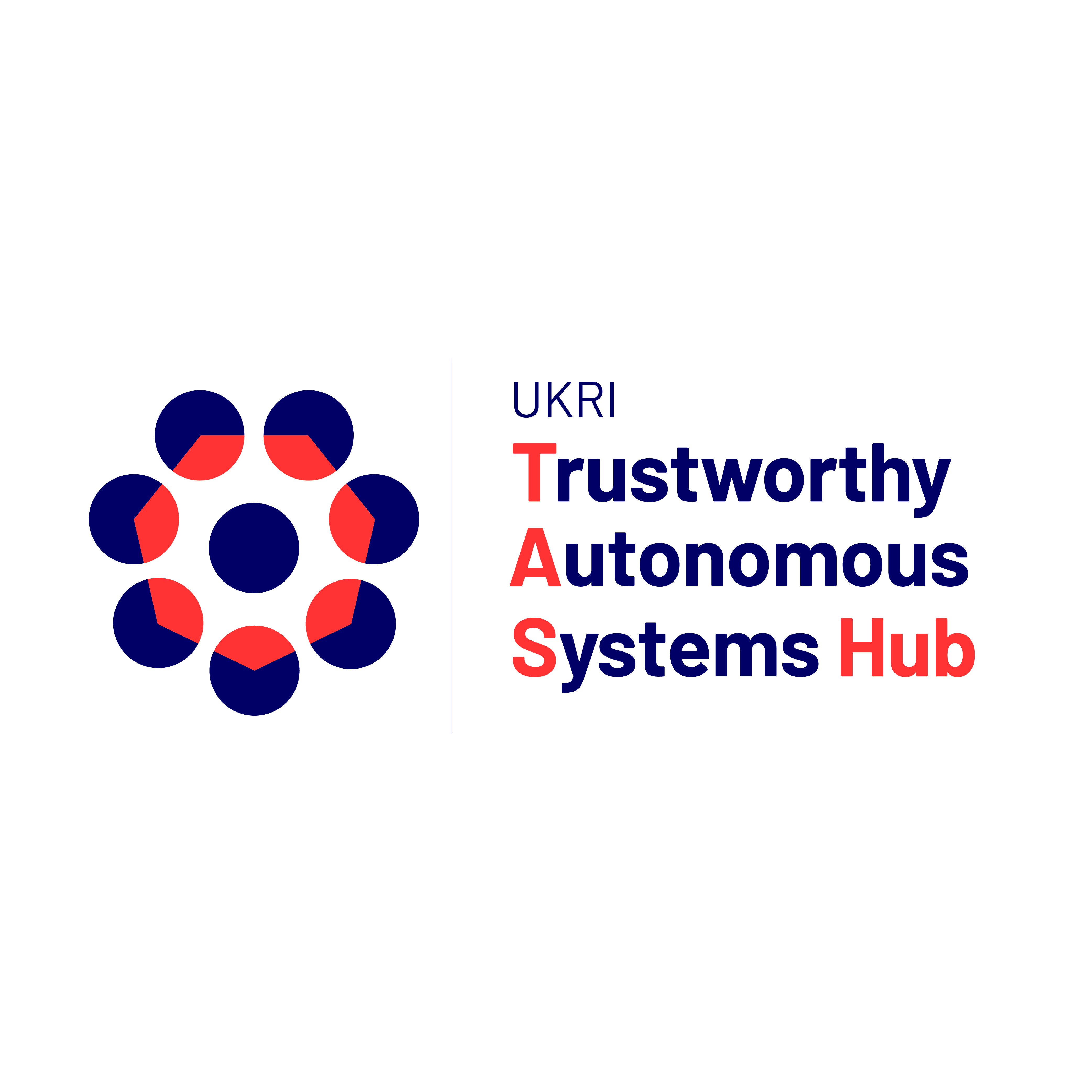Embodied trust in TAS: robots, dance, different bodies
Funder
UKRI – TAS (Trustworthy Autonomous Systems) Hub
Value
£223,574.57
Value to Coventry University
£103,367
Collaborators
Coventry University (lead)
University of Nottingham
Candoco Dance Company
Project team
Sarah Whatley (PI)
Kate Marsh (ECR)
Steve Benford (Uni Nottingham: CoI)
Praminda Caleb-Solly (Uni Nottingham: CoI)
Paul Tennent (Uni Nottingham: ECR
Feng Zhou (Uni Nottingham: ECR)

Project overview
The project explores the idea of deeply embodied trust in autonomous systems through a process of bringing expert moving bodies into harmony with robots. Working with professional dancers who have different disabilities and who may dance with assistive technologies and/or prosthetics, we will employ body-based methods, including contact improvisation and soma design, to examine the machine/body interface and reimagine bodily contact with robots as being creative, expressive and trustworthy rather than being harmful and a problem to be avoided. We will lay the conceptual and methodological foundations for future research into embodied trust alongside industrial and international partnerships.
Project Objectives
Our ultimate aim is to extend RAS to support embodied trustworthiness by:
- understanding the nuances of how humans negotiate trust through bodily interaction.
- generating a conceptual framework to guide the study and design embodied trust.
- establishing inter-disciplinary co-design methods.
The specific objectives of this pump-priming project are to:
- bring together experts in dance, disability, HCI and robotics to generate new understandings of the complexities of embodiment, relationality and tactility by exploring how professional dancers negotiate trust when dancing with robots.
- integrate the methods of contact improvisation from dance and soma design from HCI into a co-design method for TAS;
- conduct iterative co-design workshops that carefully progress from initial introductions between dancers and robots to ultimately choreographing and performing contact.
- use motion capture to record, visualise and analyse dance involving different modes of bodily contact and performed by dancers who use prostheses and/or assistive technologies.
- employ the soma bits toolkit to explore how both robot and human bodies can be extended to enable safe and creative interactions, and enhance physical and mental wellbeing.
- share our insights relating to trust, ethics, aesthetics, agency and responsibility through an open session/conference with stakeholders.
- publish outcomes from the project in both dance and HCI/HRI/TAS venues.
Impact statement
The project directly engages the creative and cultural sector, specifically professional dance as represented by our partner Candoco. Bringing perspectives from dance into the design of human-robot interaction has the potential to transform robots into being more creative and aesthetic technologies, enabling new approaches with technology partners from other domains in the future where collaboration with robots incorporates new modes of synchronising movement to address safety and ergonomics. We propose that enabling richer physical interaction with robots has the long-term potential to address the TAS grand challenge of improving people’s physical and mental wellbeing. Opening up a wider range of trustworthy embodied interactions from delicate touching to lifting and supporting as we intend to explore through dance, can also inform thinking about rehabilitation technologies and assistive devices.
Outputs
Conceptual framework – a framework of concepts describing and relating different facets of the bodily experience of trust in autonomous systems that can (i) provide sensitising concepts to guide future studies, especially qualitative data analysis, of how of people interact with TAS; (ii) help guide the design of future TAS by suggesting key design considerations; and (iii) identify key concepts for deeper exploration in follow on research projects.
Choreographic sketches – a portfolio of documented (including video) examples of choreographed and performed dance interactions between humans and robots which foreground trustworthy bodily interactions as a creative/design strategy and illustrate key concepts from our framework: to help communicate our concepts, illustrate a range of interactions and serve as a resource for the dance research community.
Methodological framework – an articulation of how to combine contact improvisation and soma design as part of a wider co-design process for TAS.
Publications – submitted to both computer science (e.g., CHI/HRI) and dance titles.
Workshop proposal - to run alongside a major conference.
Participation in TAS All Hands events – through presentation and/or exhibition.
TAS inclusivity recommendations – fed back to TAS management and researchers concerning the design of TAS and conduct of TAS research for inclusivity.




